Optimal Timing for Fire Restorations
Fire restorations are most effectively performed when environmental conditions are stable, typically during dry and mild weather periods. Performing restorations during these times reduces complications associated with humidity, temperature fluctuations, and weather-related delays. Timing also depends on the extent of fire damage and the availability of specialized equipment and personnel.
Spring and fall often provide optimal conditions for fire restoration projects due to moderate temperatures and lower humidity levels.
Avoid restoration work during heavy rain or high humidity, which can hinder drying processes and lead to mold growth.
Immediate response is crucial; however, the best timing involves completing repairs when environmental conditions support thorough cleaning and rebuilding.
Planning restorations during periods of low demand can ensure quicker service and more efficient project completion.
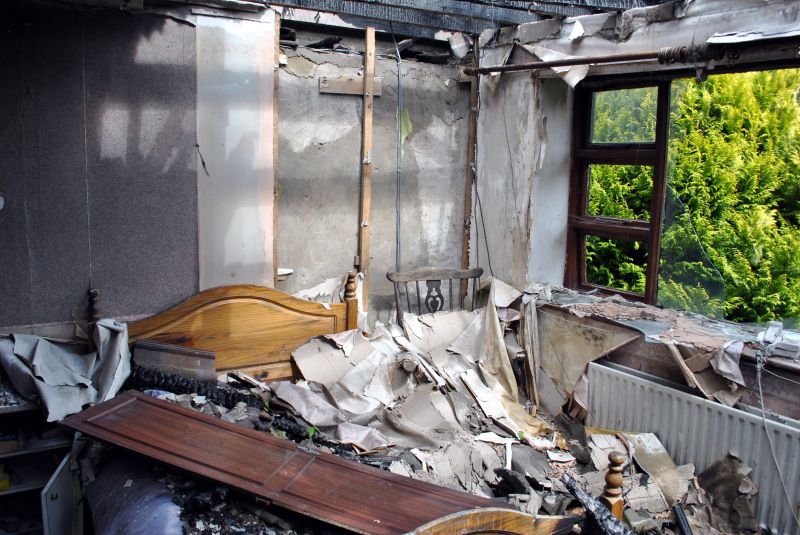
Ways to make Fire Restorations work in tight or awkward layouts.
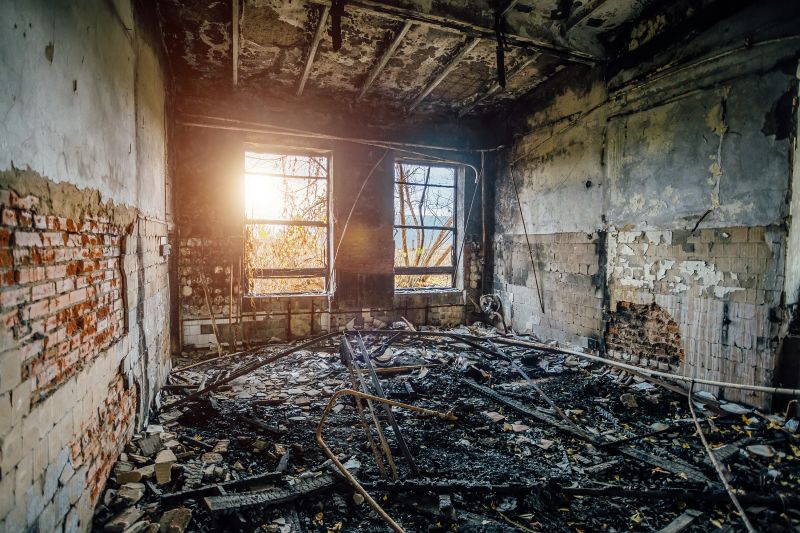
Popular materials for Fire Restorations and why they hold up over time.
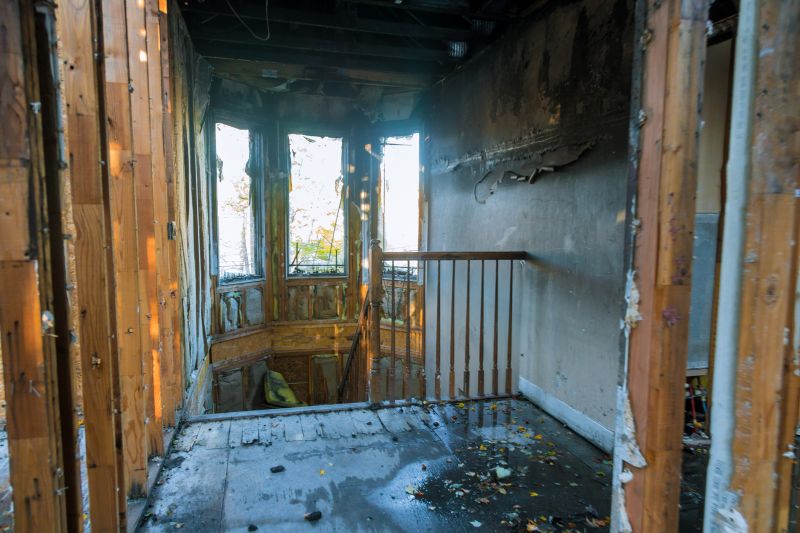
Simple add-ons that improve Fire Restorations without blowing the budget.
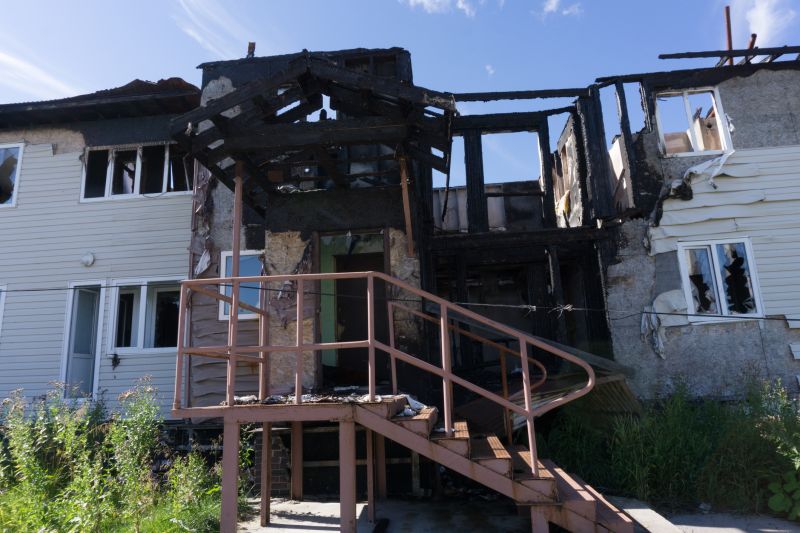
High-end options that actually feel worth it for Fire Restorations.
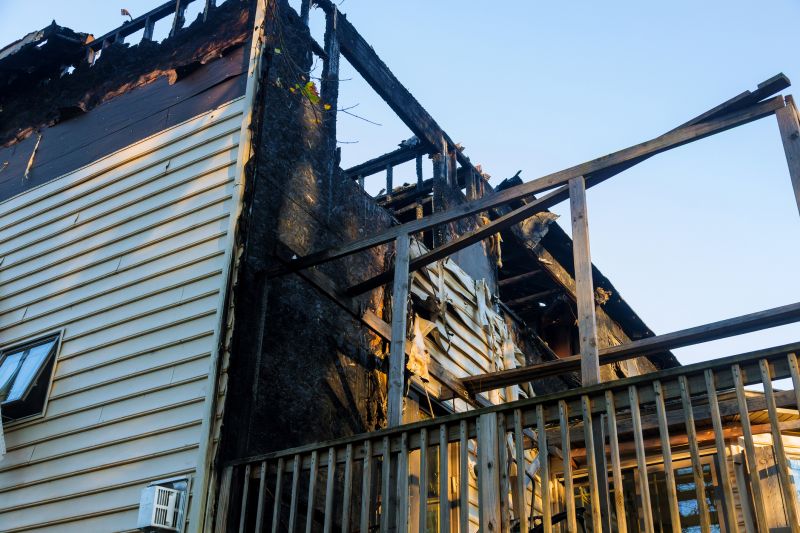
Finishes and colors that play nicely with Fire Restorations.

Little measurements that prevent headaches on Fire Restorations day.
| Factor | Optimal Timing |
|---|---|
| Weather Conditions | Dry and mild weather are ideal |
| Humidity Levels | Low humidity supports drying |
| Season | Spring and fall are preferred |
| Damage Severity | Immediate response is essential, but timing matters |
| Project Availability | Schedule during periods of low demand |
| Structural Preservation | Timing can impact long-term durability |
Fire restorations involve a comprehensive process of cleaning, structural repair, and odor removal. The process begins with an assessment of damage, followed by debris removal and cleaning. Restorations may include replacing damaged materials, repainting, and restoring structural integrity. Proper timing ensures that each phase proceeds under optimal environmental conditions, reducing risks of mold, warping, or further deterioration.
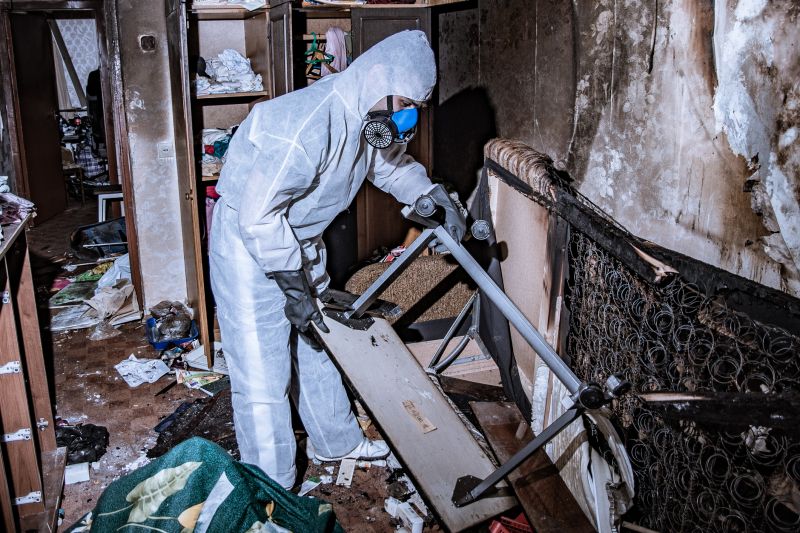
A 60-second routine that keeps Fire Restorations looking new.
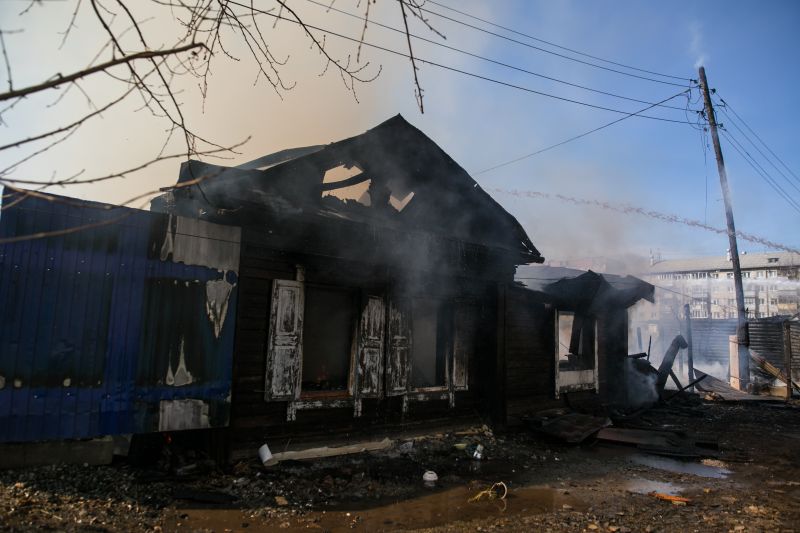
A frequent mistake in Fire Restorations and how to dodge it.

Small tweaks to make Fire Restorations safer and easier to use.

Lower-waste or water-saving choices for Fire Restorations.
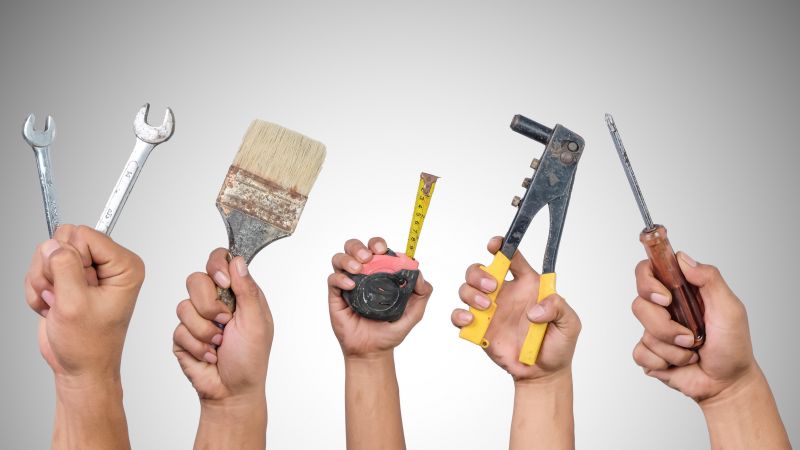
The short, realistic tool list for quality Fire Restorations.
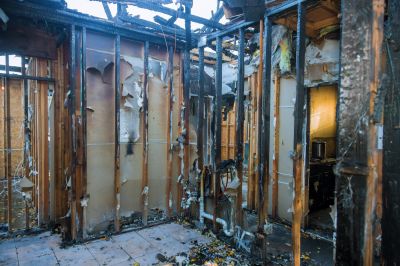
Rough timing from prep to clean-up for Fire Restorations.

Quick checks and paperwork to keep after Fire Restorations.
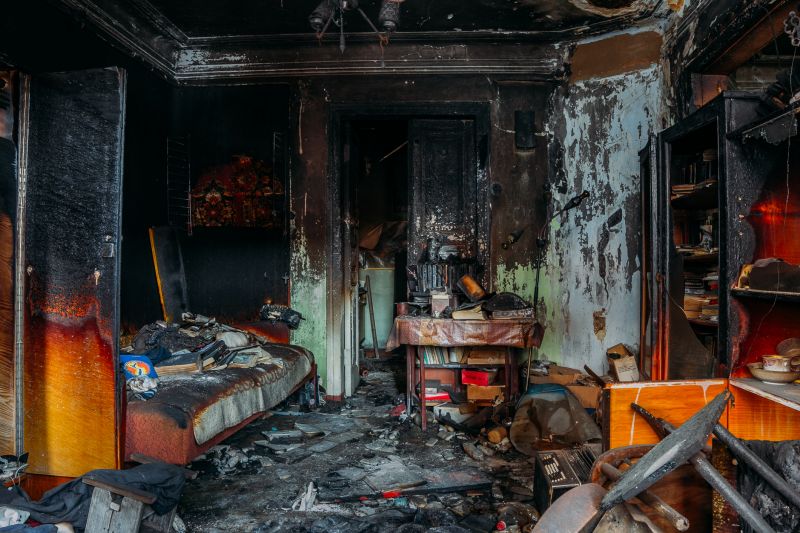
Examples that show the impact a good Fire Restorations can make.
Effective fire restorations require careful planning and execution during periods conducive to thorough cleaning and repair. Delays can lead to increased costs and more extensive damage. Properly timed restoration efforts help restore property value and safety efficiently.
Interested in fire restoration services? Filling out the contact form provides an opportunity to discuss specific needs and schedule projects at the most suitable times for effective results.
